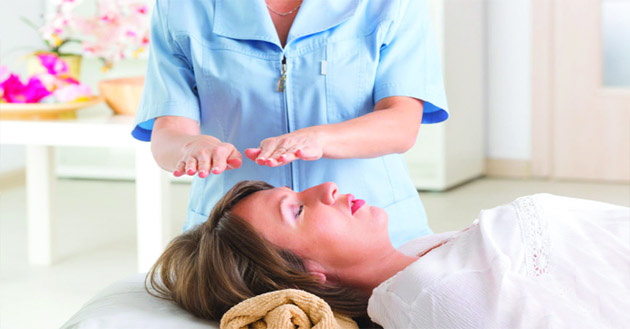Dr. Krishan Dev Gupta
From the early evolution, humans have been discovering new methods of treating ailments. The treatment involved use of plants and herbs, natural resources (air, water, soil, fire) and some animal resources. With passage of time, different medical systems such as Homeopathy, Ayurveda, Unani, Acupressure, Yoga, Naturopathy, and many others, evolved in the world. In modern era, it is believed that around 1350 different medical systems are practiced. Some treatments like Allopathy, Ayurveda, Unani, Herbal medicine, and Electro homeopathy, rely on medicines. However, some treatments like Naturopathy, Spiritual treatment, Acupressure, Acupuncture, Osteopathy, Touch, Smell, Music and Magnetic therapies do involve medicinal treatment. Although these treatments are not scientifically recognised but they still play an important role in human treatment.
It is true that some medical systems have not been able to keep up with the new technological advancements but that does not mean that they are not effective in treatments. Every therapy has its own merits and demerits, and it makes perfect sense to combine them to achieve optimal results in treating human beings. This idea of creating one platform for specialists and subject matter experts from different medical systems is getting lot of interest around the world. By combining the positives from all medical systems, people will not only get access to wider treatment options but will also open the door to more affordable medicines. By getting the holistic treatment options available, the patients will have the ability to choose various treatment options based on their medical condition, socio-economic status, and environmental factors. As an example, if a patient is critically ill, they could be treated using Allopathy as the first preference because Allopathy has made several advancements in the areas of new medicines and equipment. This does not mean that Allopathy is successful in all kinds of treatments. If we take the example of patients with neck or back pain, physiotherapy and yoga is considered effective in most cases. Naturopathy is considered effective in some abdominal ailments whereas Homeopathy offers specialised skin related treatments. It is important to note that medical experts who have been treating their patients have only been treating their patients based on the studies and knowledge of their own fields.
In this modern era, Ayurveda is also making a lot of progress in new treatment options. Ayurveda also known as Vedic medicine, considered one of the oldest medicines in the world, was developed in India during the period 2000-1000 B.C.
Swami Ram Dev, founder of Patanjali Ayurveda, is now exporting medicines in around 158 countries. “Aushadh Darshan” a book written by Acharya Balkrishna, which is referred to by lot of doctors, describes effective treatment methods described by Swami Ramdev. World Health Organisation (WHO) has recognised the value of traditional/complementary and alternative medicine. In its publication, it has described the benchmarks for training in Ayurveda. This shows that there are benefits of Ayurvedic medicines and has been recognised around the globe. The big question now is how various medicine systems can integrate to provide holistic treatment to patients. The benefits are already seen in India where treatment options through Ayurveda, Yoga, Spiritual and Naturopathy provide an easily accessible and affordable treatment option for lot of Indians.
A reference from Ram Charit Manas, Goswami Tulsi Das said:
Bare Bhagya Manush Tan Pawa,
Sur Durlabh Sadgranthan Gawa
The meaning of this shloka means we are fortunate to get this human body and it is very difficult to get it. Mahakavi Kalidas in his poetry writes “sharir madhyam khalu dharma sadhanam” which means our physical body is the medium for the righteous action. It is our duty to ensure our body is healthy. The ancient and medieval Hindu texts recommend healthy diet to keep our body healthy. For last few years, the western concept of fast food is rapidly spreading in India replacing healthy diets with unhealthy diets.
Other common diseases like Anaemia affects over 800 million women worldwide. In India, it is classified as a major public health problem as it is estimated that more than half of women in India are anaemic. This is causing generational effects as the new babies born are weaker. The treatment in Allopathy and Ayurveda is quite different but effective. Iron tablets taken as supplements offers no major side effects in Allopathy whereas Ayurveda recommends Lauh Bhasma, Lahosava, Divya Punarnavadi Mandoor and Punarnavadyarishta which is believed to be effective as well. These treatment options are not easily available to common people.
Public participation and awareness is necessary to providing an effective health sector. A Non-Government Organisation (NGO) named “Arogya Bharti” is working on four-point mission- Healthy Individual, Healthy Family, Healthy Society and Healthy Nation. To accomplish this mission, holistic treatment options should be considered to bring Allopathy, Ayurveda, Naturopathy, Yoga, and other medical systems on one platform. Access to cheaper medicines should also be made available for all citizens.
(The author is President Arogya Bharti, J&K State)


